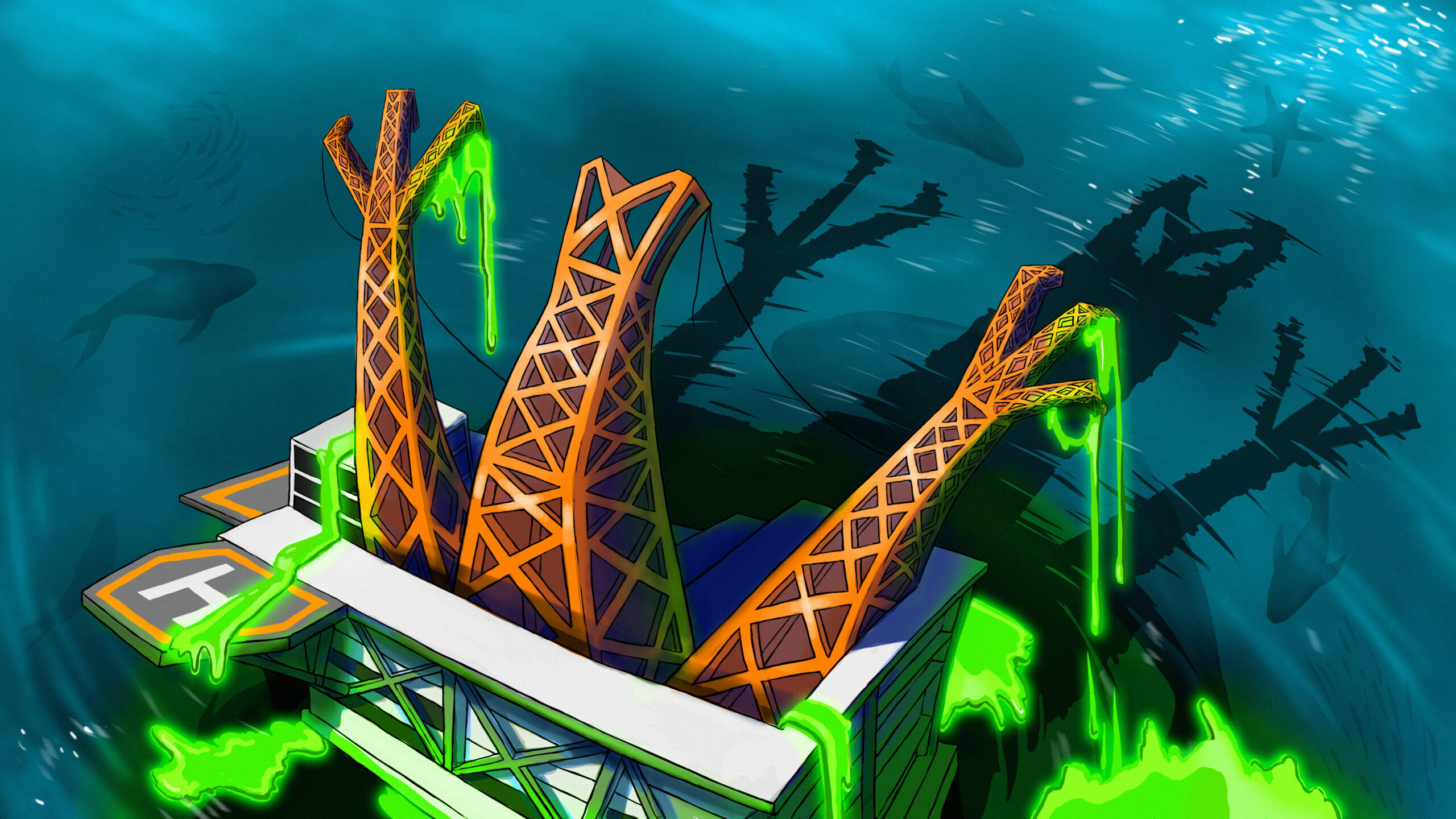OP : @primonatura@mstdn.social
The oil and gas industry has been using the basin as a free disposal site for decades.
Working at that time for the environmental group Greenpeace, Marco Kaltofen was racing after a stunning realisation: that in many offshore oil and gas settings, oilfield waste is simply being dumped right into the ocean.
Fast-forward almost four decades, and an analysis by DeSmog shows that companies have been legally dumping toxic and radioactive oilfield waste into the North Sea — Europe’s arm of the North Atlantic — for decades, with largely unknown consequences for a sensitive and beloved marine environment.
Modern oil and gas development involves the use of many toxic and potentially toxic chemicals: biocides and scale inhibitors, meant to kill bacteria and other lifeforms that can clog a well; corrosion inhibitors, which keep oilfield pipes from corroding; and a class of chemicals known as emulsion breakers or demulsifiers, whose purpose is often to break apart mineral material and lubricate fluids to keep product flowing through the piping of an oil or gas well.
Drilling also creates a particular type of toxic waste: produced water, a naturally salty fluid laden with carcinogens, heavy metals, and naturally occurring radioactive elements, that surges to the surface during drilling. (Many wells generate more produced water than they do oil or gas).
A Stunning Amount of Waste
In 2022, the last year for which reporting is complete, oil and gas companies operating in the territorial waters of Denmark, Netherlands, Norway, and the UK have dumped 244.4 million cubic metres of produced water into the North Sea — discharged from just over 200 of the region’s 614 oil and gas installations. That’s enough to fill the Roman Colosseum 185 times over with oilfield waste, or flood the entire city of Amsterdam waist-high each year.


